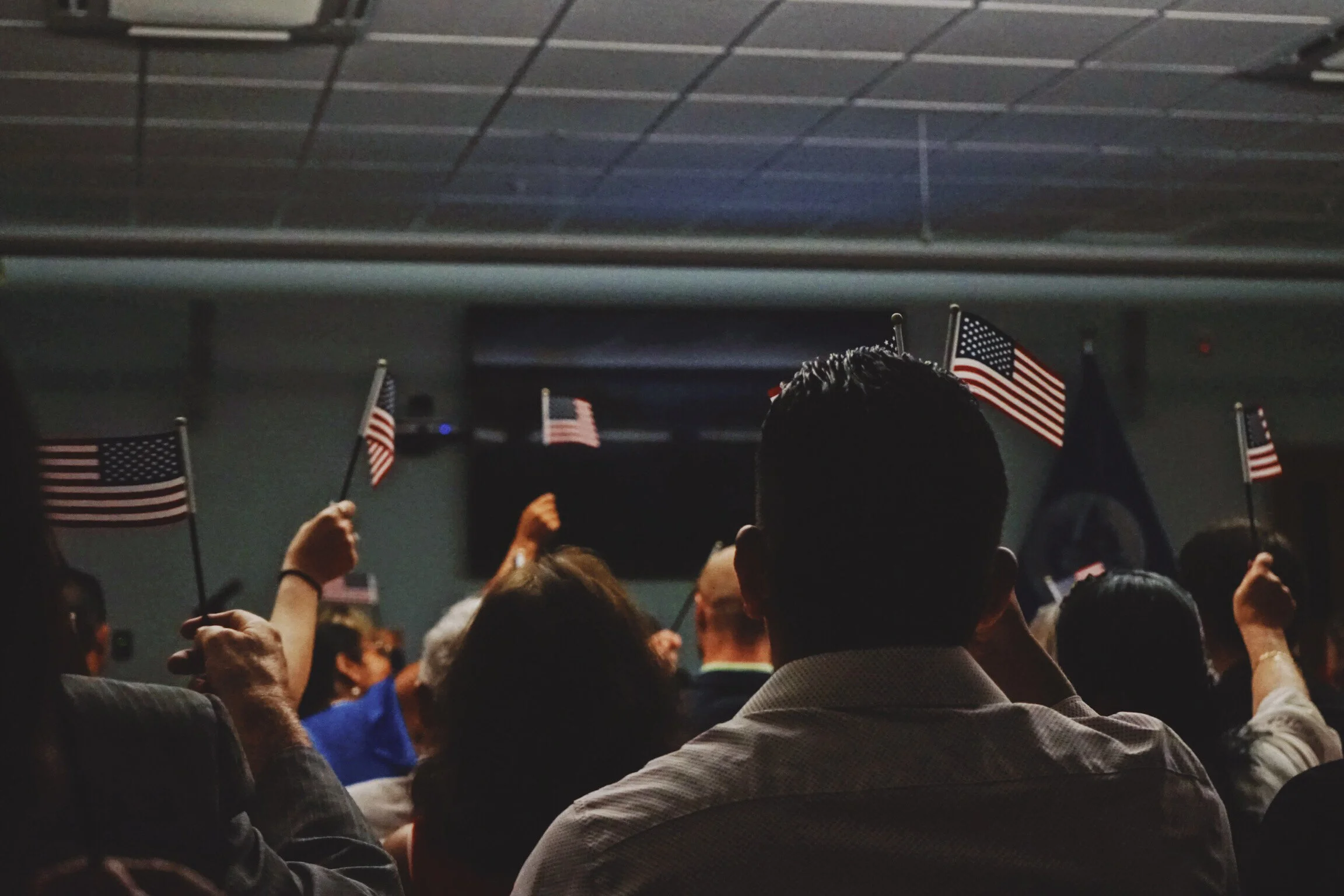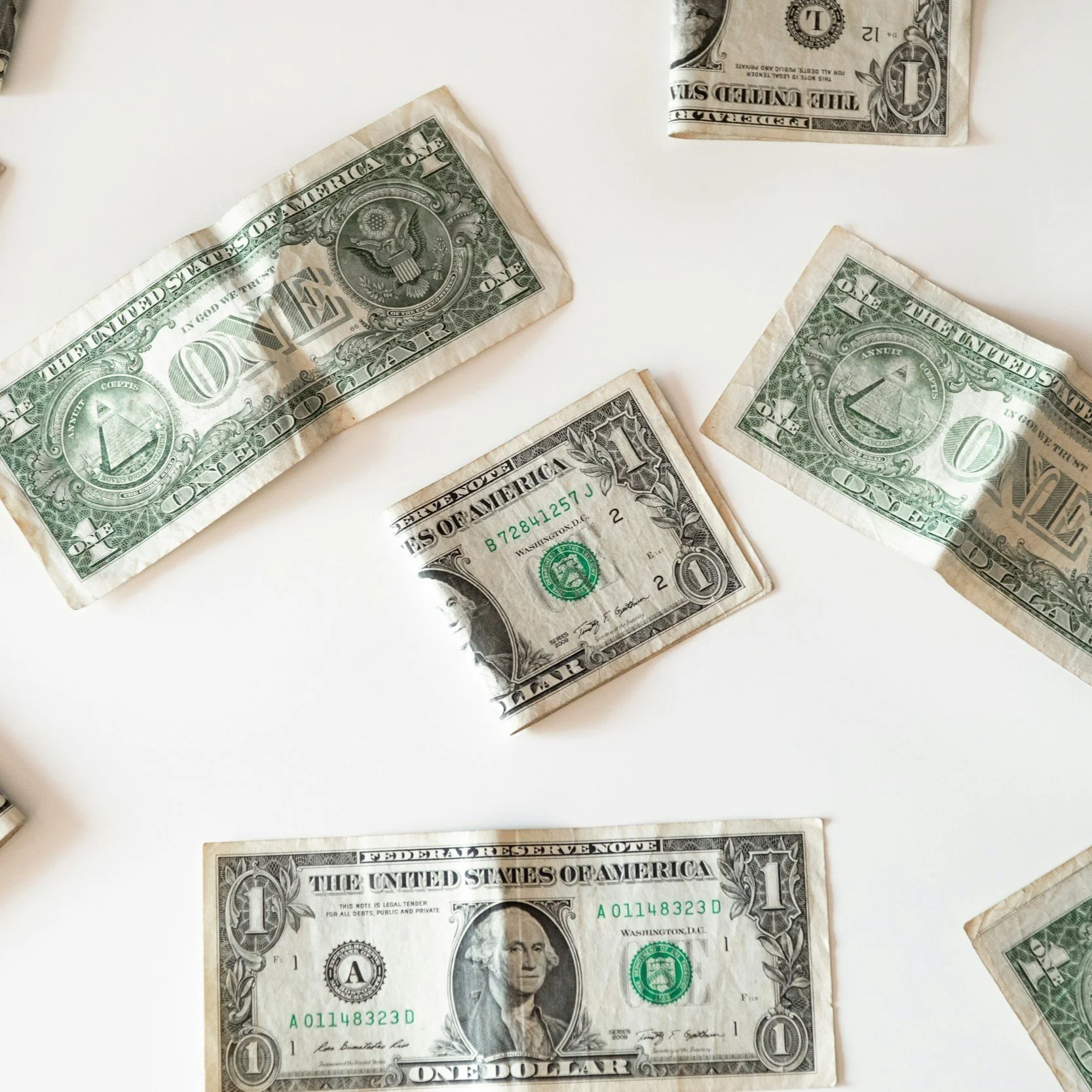Behavioral Economics in Policy Making
Guiding Question: What is behavioral economics and how does it impact policy making?
What is behavioral economics?
To put it simply, the field of behavioral economics evolved as an increasing number of economists acknowledged the contributions of psychologists, who revealed that individuals do not act as traditional economic theories assumed—namely, as rational agents who consistently make decisions to maximize their expected benefits. While traditional economics recognizes decision-making based on rational economic theory, where individuals assumingly balance the benefits and costs of different actions, behavioral economics focuses on the concept that people lack self-control, make inconsistent choices over time, show selective attention, and respond unconsciously to an array of influences (Moffitt et al., 2023). People's decisions tend to be influenced by the social context in which they are made; they typically respond unconsciously to how a choice is framed and presented, and they cannot effectively navigate logistical challenges that hinder the best possible decision.
Once policymakers and politicians began to understand behavioral economics concepts, they also realized that they could be applied to the design of policy interventions to encourage people to make beneficial choices across a broader spectrum. The field has gathered substantial evidence on the conditions, methods, and contexts in which insights and techniques from behavioral economics can support effective policy. Applying knowledge of human behavior to the design of policy can be quite beneficial for both policymakers and regular citizens, however, it does bring up ethical concerns due to the fact that this approach could be paternalistic and used with bad intent. The intentions behind using behavioral economics in policy making could turn into a deep dive of controversy, so for now, we will focus on how it is incorporated in a factual manner.
How insights from behavioral economics are being used to shape public policy.
Governments worldwide are increasingly incorporating behavioral economic concepts into policy making efforts. For example, in 2010, the United Kingdom Cabinet Office established the Behavioural Insights Team (BIT), which is dedicated to studying and applying knowledge of human behavior to political strategy. In 2014, the U.S. government created the White House Social and Behavioral Science Team to achieve similar goals (Matjasko, 2016). Both behavioral organizations in the government have been referred to as "nudge units," which are specialized teams within governments that apply behavioral economic principles to design and implement policies and interventions that subtly encourage people to make better decisions without restricting their freedom of choice.
For context, neoclassical economics proposes that individuals are unaffected by the superficial framing of probabilistic information. According to this view, for example, in a scenario where a medical outbreak is expected to impact 600 people, a decision maker should react identically to descriptions of outcomes regardless of whether it is framed as "200 people saved" or "400 people will die"—since the objective risk remains the same in both cases. However, behavioral economics has shown that the framing of risks and probabilities significantly influences people's reactions; individuals may respond differently to positive framing (e.g., survival rates) compared to negative framing (e.g., mortality rates) (Matjasko, 2016).
Foundational theoretical research that merges cognitive and psychosocial insights with economic analysis reveals that decision-making is dynamic, adaptable, and highly dependent on context. This research clarifies why people often make choices that defy rational analysis by highlighting five vital behavioral principles: limited attention and cognition, inaccurate beliefs, present bias, reference dependence and framing, and social preferences and norms.
Understanding, attending to, and processing information is crucial for decision-making. However, individuals often have limited attention spans, struggle with information processing, and make cognitive errors, even in straightforward situations. People frequently hold incorrect perceptions about their circumstances, incentives, abilities, and others' beliefs, often due to limited attention or cognitive limitations. Not only that, but individuals tend to give disproportionate weight to immediate concerns and discount future rewards and consequences, which can affect consumption, payments, and overall utility decisions. Decisions are often evaluated relative to a reference point, such as the current status quo. People are influenced by how choices are framed, which affects the outcomes that are considered and how they are perceived.
Decision-making is also influenced by social factors, including how one's actions compare to those of others, social standing, and adherence to social norms. People care about their social image and how their actions reflect their values and preferences (Moffitt et al., 2023).
With this knowledge, governments and organizations can use language and marketing strategies to sway the public to their benefit without the consumer even realizing it.
In an experiment designed to encourage households to reduce their electricity use, participants received information about their energy consumption over the previous weeks. One group received factual data on their usage, a comparison with their neighbors, and tips for reducing consumption. The other group received the same information with an added visual cue: a smiley face (happy if their consumption was below average and sad if it was above) to highlight social norms. While the factual information alone prompted those with above-average consumption to cut back, it unintendedly affected those with below-average consumption, leading them to increase their usage under the assumption that they could still perform well. Adding the smiley face eliminated this unintended consequence by reinforcing the social norm more effectively (Kuehnhanss, 2019). Incorporating behavioral economic principles into policy-making enables governments to design more effective interventions by subtly guiding individual behavior, ultimately enhancing public welfare without infringing on personal freedoms. Building on the understanding of how behavioral insights can shape public policies, it is essential to explore the specific ways in which nudges have been shown to improve political outcomes.
The effectiveness of nudges in improving political outcomes.
Thaler and Sunstein define a nudge in their best-selling and widely influential book Nudge as "Any aspect of the choice architecture [the context in which the choice is made] that alters people's behavior predictably without forbidding any options or significantly changing their economic incentives. The intervention must be easy and cheap to avoid counting as a mere nudge. Nudges are not mandates. Putting the fruit at eye level counts as a nudge. Banning junk food does not." (Moffitt et al., 2023). Although nudge-style policies are influential, many policies informed by behavioral economics extend beyond mere nudges. For instance, while addressing behavioral biases, automatic enrollment in pension plans is not simply a nudge. Instead, it represents a redesign of the choice architecture by setting enrollment as the default option, requiring individuals to opt-out if they do not wish to participate actively.
Critics worry that using behavioral economics in public policy might mean the government is telling people what to do instead of letting them make their own choices. They argue that this approach goes against the "consumer sovereignty" principle in economics, which holds that consumers know what is best for themselves. One common argument is that all government policies have a paternalistic element. Traditional economic theory suggests that the government should only intervene in specific cases, like dealing with monopolies, market failures, or pollution. However, there has always been support for "merit goods"—outcomes society values for their own sake. For instance, goals like encouraging more people to apply to college, increasing the use of medicines, or boosting retirement savings are widely supported and generally not controversial (Moffitt et al., 2023).
Nudge theory has demonstrated effectiveness in various areas, particularly public health and savings plans. For example, section 1511 of the Affordable Care Act requires large employers to automatically enroll employees in health insurance, shifting from an opt-in to an opt-out system to harness the power of defaults. This approach is similar to strategies used in organ donation, where default settings influence choices (Matjasko, 2016). In the realm of savings plans, research by Madrian and Shea (2001) shows that automatic enrollment significantly increases participation rates and encourages employees to maintain default investment allocations. In contrast, Benartzi and Thaler (2007) found that many employees in the U.K. only signed up for a savings plan, even when the employer covered the total contribution if automatic enrollment was used. These examples highlight how adjusting default settings can effectively guide individuals toward better decisions while preserving their freedom to opt-out (Kuehnhanss, 2019).
Nudges prove effective by leveraging the power of salient and novel stimuli to subtly steer behavior, demonstrating that even minor adjustments can yield significant changes. Empirical research has consistently shown that prompting individuals to formulate a plan can substantially enhance the likelihood of adopting new lifestyle choices or points of view, such as health behaviors, such as vaccination, dietary improvements, and cancer screening.
By integrating psychological insights with economic theory, behavioral economics provides a more nuanced understanding of human decision-making, which often deviates from the rational models proposed by traditional economics. This field highlights how people's choices are influenced by cognitive limitations, biases, and social factors, leading to suboptimal decisions. Governments worldwide have recognized the potential of these insights and have incorporated behavioral economics into policy-making to design interventions, such as nudges, that subtly guide individuals towards better choices without restricting their freedom. These strategies have proven effective in various domains, including public health and savings plans, by leveraging the power of defaults, social norms, and framing effects. As policymakers continue to explore and refine these approaches, they must balance the benefits of improved public outcomes with ethical considerations regarding autonomy and paternalism. Ultimately, behavioral economics has the power to transform policy-making, creating a landscape where informed and context-sensitive strategies enhance societal well-being.
Works Cited
Matjasko, J. L., Cawley, J. H., Baker-Goering, M. M., & Yokum, D. V. (2016). Applying Behavioral Economics to Public Health Policy: Illustrative Examples and Promising Directions. American journal of preventive medicine, 50(5 Suppl 1), S13–S19. https://doi.org/10.1016/j.amepre.2016.02.007
Moffitt et al. (2023). Behavioral Economics: Policy Impact and Future Directions. National Academies of Sciences, Engineering, and Medicine. Washington, DC: The National Academies Press. https://doi.org/10.17226/26874.
Colin R Kuehnhanss. (2019). The challenges of behavioural insights for effective policy design, Policy and Society, Volume 38, Issue 1, March 2019, Pages 14–40, https://doi.org/10.1080/14494035.2018.1511188






